Indonesian businessman Tom Tandio is one of the leading collectors in his country. He has been closely involved in the art scene in Indonesia and served on the board of the Biennale Jogja, Yogyakarta, and is currently the President of the Board of Young Collectors for the Art Stage Jakarta art fair. Additionally, he launched IndoArtNow.com, an online archive of contemporary Indonesian artists’ artworks and exhibitions, as part of the IndoArtNow Foundation started in 2011. Tom Tandio’s own collection concentrates on Southeast Asian contemporary art while supporting emerging Indonesian artists.
Larry’s List talked to Tom Tandio about his collection, his online archive and the art scenes in both Singapore and Indonesia.
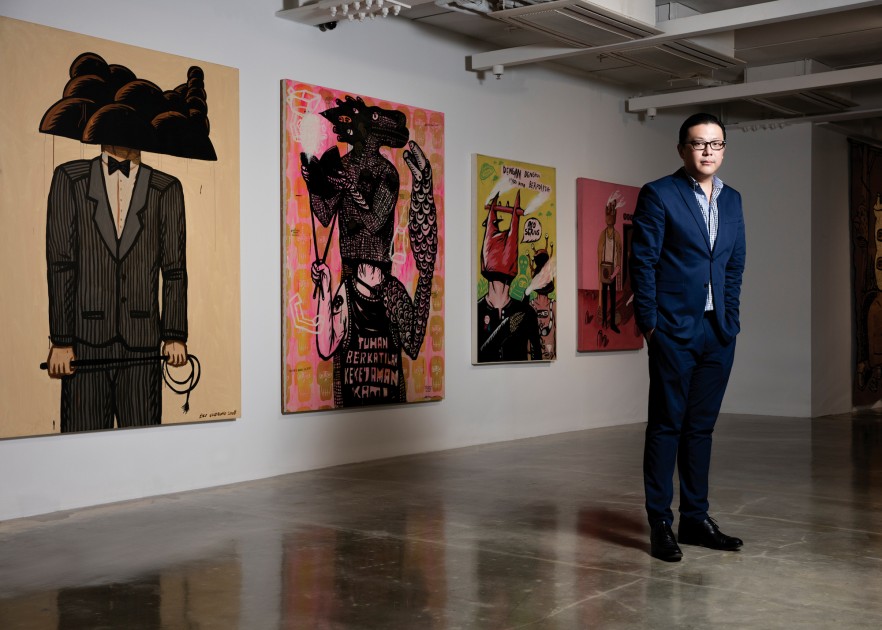
Collecting
What made you want to start collecting art?
In 2007, my sister-in-law introduced me to start collecting art. She invited me to visit galleries and auctions; and through the visits, I got interested in collecting art.
What is the main motivation behind your collecting?
At the beginning, it was just a new hobby to have. Personally, I like to collect things for nostalgic purposes.
When did you fall in love with a piece of art? What was it?
I think the first time I fell in love with an artwork is when I met Eko Nugroho’s work. The aesthetics of his works has always attracted me. But after knowing Eko Nugroho personally and listening to him explaining his works, I became even more passionate about art collecting. Eko is never about himself – it is about his team working together to convey a message to the audience. His puppet show “Wayang Bocor” really amazed me during that time.
Why do you focus on Southeast Asian art with your collection?
I started collecting Chinese contemporary art at the beginning. But I realized that it is very difficult to get in touch with the artists as China is so far from Indonesia. I have grown up in Southeast Asia all my life till I was 16 years old. I want to know more about my culture and ideology. So I started hanging out with Indonesian curators and Indonesian artists. Knowing them makes me understand their art practices as a whole, and understand the true meaning of art – questioning about life, time and space in general.
What is special about Indonesian artists that attract you among other Southeast Asian artists?
I guess I am very attracted to Indonesian and Singaporean artists mainly because I grew up in both countries before. I think collecting is also about the soul or self-finding. With a familiar culture, it’s easier for me to get involved and get attached to. For Indonesian artists in particular, I realize that they can always bring me a new level of understanding about life.
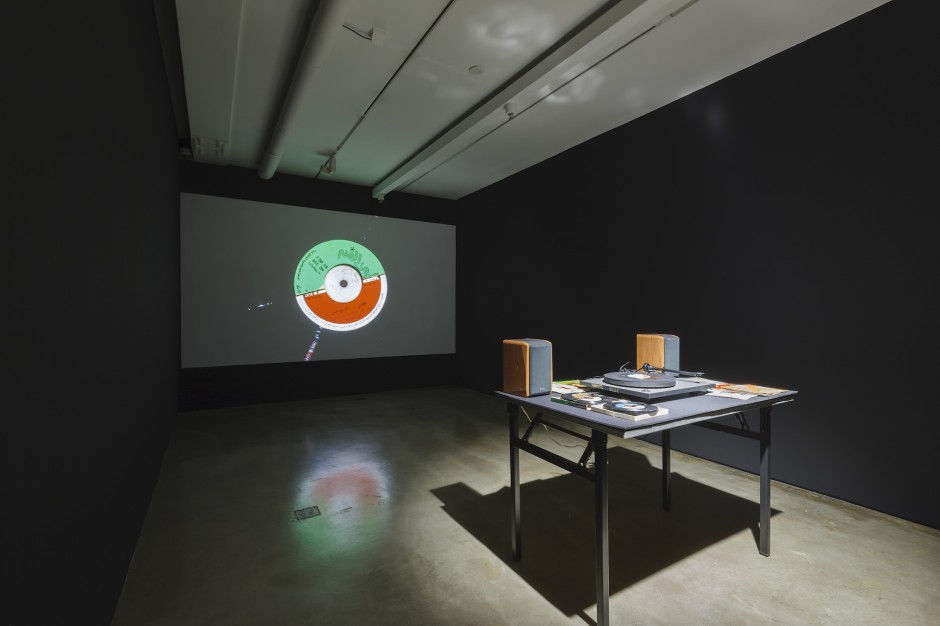
What was the first artwork you purchased?
My first artwork ever was a Chinese contemporary art, but I don’t keep it anymore knowing that I don’t connect to the work anymore. Now I prefer collecting Southeast Asian artworks more.
How many artworks do you own? Where do you display your collection?
I think an art collection is never about the quantity but the quality of the works. I don’t really count them and have never asked my assistant about it. I display my collection at home, in office and in my warehouses in various cities.
Have you ever presented your art collection publicly?
I just showed my collection in SongEun ArtSpace in Seoul, Korea. It just ended on the 10th of December. I exhibited 9 artists with over 30 pieces of artworks. This was my first time having an entire exhibition solely of my collection. I had lent a few works to a few museums before but only as parts of exhibitions.
Before SongEun, I have a space in Yogjakarta which I called “Gudang”, which means warehouse. I place all my collection there and invite friends to visit and to share my collection. I love hanging out there.
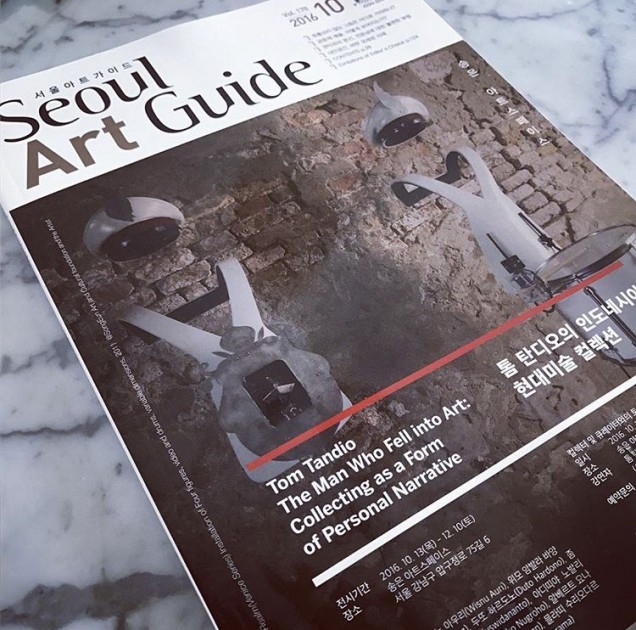
What considerations guide you to make a purchase? Do you rely on any art advisers?
I don’t rely on art advisors. I hangout with artists and curators and believe in myself to be intrigued.
Is there any kind of artwork that can make you writing a cheque without any consideration?
Yes, if an artwork intrigue me so much with the artist’s idea and artistic practice. It’s hard to control myself when a work intrigues me so much.
What is your most treasured artwork?
All of my collections are most treasured. Cannot pick one. (laughter)
How important is it for you to meet the artists who created the artwork?
It is very important for me to meet the artists before collecting their works. Artistic intention is very crucial for me. The reason why I drop collecting Chinese contemporary art is because of the distance to take for meeting artists there. I know a lot of Indonesian artists, and hang out with them, but they all know that I don’t collect all their works. I take time to get to know them personally, their character, their art practice, and their art journey and ideology. When I decide to collect an artist’s works, I collect them in depth. I continue to collect their new works and series; while at the same time, hunting for their old works like playing treasure hunt.
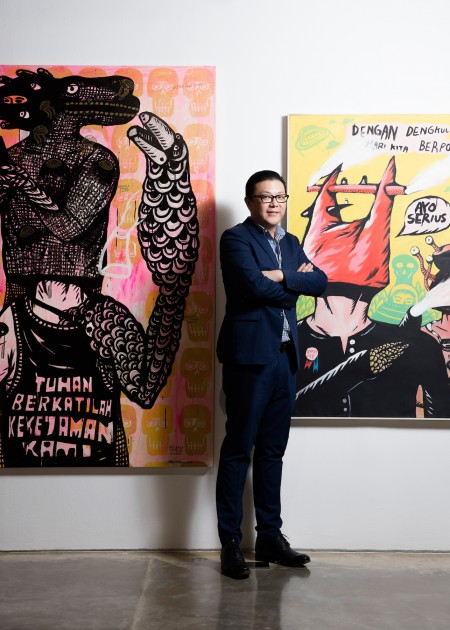
The Southeast Asian art scene
What was your happiest moment being involved in art?
In the past, people used to tell me that, working in the field that you are passionate about is the best job ever. Before joining Art Stage Singapore, I had never understood that it was great to work in your hobby. A problem does not seem to be a problem. The energy I have for work is so amazingly high. I really understand now why people say that.
How are the contemporary art scene and collecting scene in Indonesia? How are they different in Singapore?
The contemporary art scene in Indonesia is very vibrant. We have Yogjakarta and Bandung where all the artists make works. We have Jakarta where all the collectors live and collect. The Indonesian art scene is more and more vibrant because we are growing bigger in size, and there are more activities and discussions. Our collectors are also more involved in the scene due to the lack of government support.
On the other hand, Singapore is a great powerful hub of the arts in Southeast Asia. Singapore has great museums and great art fairs. They have great support from the government; hence, their collectors are less involved. Singaporean collectors are also shyer towards media. I am so glad that I am involved in both of the scenes and can learn the pros and cons of both sides.
What is your vision for Southeast Asian contemporary art?
For me personally, I don’t like to differentiate contemporary art in terms of regions. I believe we are a global society and contemporary art is about the world and society we are living now in. In the context of the works, it could be more related to a certain region but I don’t like to categorize contemporary art by its region. I hope contemporary art with context more related to Southeast Asia to be given more chance to share our voices to the global scene. We all know that contemporary arts are born in the West and we have always use Western views and standards to judge contemporary art in general. I hope that more open-minded chances are given to contemporary art with context related to Southeast Asia.
What is the role of Indonesia in the Southeast Asian art scene?
Indonesia has the biggest art scene and the biggest art market in Southeast Asia. I hope that Indonesia will use Singapore as a gate to connect with the global art scene so as to increase the visibility of our Indonesian artists and curators, together with other Southeast Asian artists. With similar contexts, our voice can be heard more loudly.
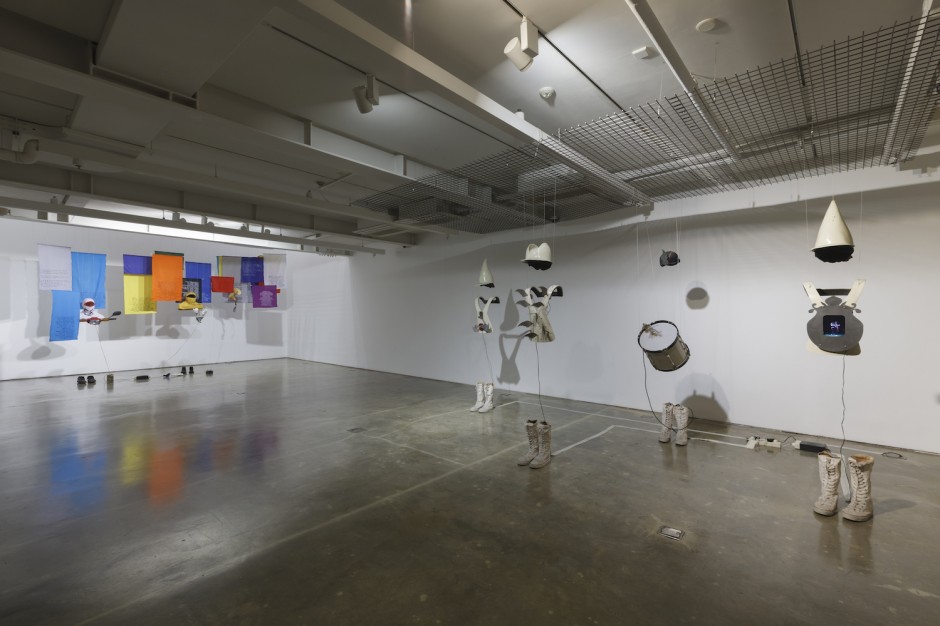
IndoArtNow.com and Art Stage
Can you tell us about IndoArtNow.com? What does it do?
IndoArtNow is an art foundation that operates an online archive about Indonesian artworks and exhibitions. We also have a series of videos (almost 100 videos) on artist profiling to introduce Indonesian artists to the audience. IndoArtNow also support art projects, such as Handiwirman Saputra’s Solo Show at Tolot in Tokyo, Japan, and publishing books, such as “10th Anniversary of Mes56”, an art collective based in Yogjakarta that started the contemporary photography in Indonesia.
What is your motivation behind setting up such an online platform?
I would like to contribute to the art community in Indonesia, knowing that our government does not support much! We are lack of infrastructure, and I try to find a way to support through my humble art foundation. With this online platform, a lot of overseas researchers use our website for their research and have always used our foundation to get connected to the Indonesian art scene.
What were the challenges as the Regional Director of Art Stage Singapore?
In September 2014, I was appointed as the Regional Director of Art Stage Singapore. My region is my country, Indonesia, and my job is to bring Indonesian artists, curators, collectors and gallerists to Singapore. One of the challenges is that Indonesia is so huge; and it is not easy to get everyone’s personal data quickly in order to invite them to Singapore, but I managed to invite almost everyone with the support of my art friends. I also hosted a couple of events to support Art Stage Singapore 2015. I am pleased with the outcome as the fair was filled up by a lot of Indonesian visitors and participants.
How is your experience acting as the President of the Board of Young Collectors for Art Stage Jakarta?
Being the President of Board of Young Collectors was a great experience. My job is to create a board of young vivid active collectors who can help to increase awareness in collecting or supporting contemporary art. There are a lot of young collectors in Indonesia, and the number is growing rapidly. Having a group of young collectors collaborating in making events that attract new collectors, as well as influencing or sharing their experiences in collecting does matter a lot for new collectors.
Related: IndoArtNow.com
Facebook: Indo Art Now
Instagram: @indoartnow
Twitter: @IndoArtNow
A selection of artists Tom collects:
Duto Hardono
Eko Nugroho
Jumpet Kuswidananto
By Ricko Leung





